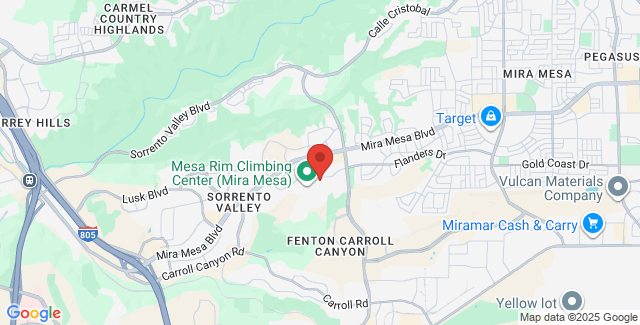Asbestos Glossary
ACM: stands for Asbestos Containing Materials. Materials such as ceiling tiles, heat insulation, friction materials like brake and clutch linings, and other building materials produced before 1990 commonly contained asbestos.

Adjuvant therapy: a supplemental treatment to the main medical procedure. This treatment usually comes in the form of radiation therapy or chemotherapy and is employed after surgery.
Advanced Cancer: the stages of cancer in which the disease has spread from its original location in the body.
Alveoli: tiny, thin-walled air sacs in the lungs where oxygen and carbon dioxide exchange places. Asbestos fibers in the lungs cause scar tissue to form on the walls of the alveoli, decreasing oxygen intake.
Amphibole asbestos: asbestos characterized by straight fibers with a chain-like structure. Two common forms are amosite (brown) and crocidolite (blue).
Asbestos: is the commercial name given to a naturally occurring fibrous silicate mineral commonly used in construction materials and other products because of its high heat resistance, strength and durability. Over time, exposure to asbestos may lead to asbestosis, mesothelioma and lung cancer.
Asbestos Abatement: the removal of asbestos containing materials from structures. Only a licensed, experienced contractor should perform asbestos removal.
Asbestosis: a chronic, progressive condition of scar tissue build-up in the lungs resulting from the inhalation of asbestos fibers. Shortness of breath, increased risk of lung infection and permanent lung damage are common symptoms of asbestosis.
Asbestos Pleural Disease: a disease characterized specifically by scarring of the membranes lining the lungs and chest cavity.
Aspiration: the medical process of removing a small sample of tissue for testing with a needle-like suction device.
Biopsy: a tissue sample removed and analyzed to determine the presence of cancer cells.
Carcinogen: a substance that can cause cancer or help it grow.
Chemotherapy: the treatment of cancer using chemicals or drugs that destroy cancer cells and tissues.
Crocidolite: a fibrous, lavender-blue mineral, also called blue asbestos. Although used less in construction and industry than other forms of asbestos, crocidolite is more commonly associated with mesothelioma.
Cryosurgery: the use of an extremely cold probing instrument to destroy unwanted abnormal tissues.
Fibrosis: the development of excessive scar-like fibrous tissue. Punctures caused by asbestos fibers can lead to fibrous scar tissue build-up in the lungs.
Latency period: The time elapsed from exposure to a carcinogen to the onset of disease. The latency period between exposure to asbestos to development of mesothelioma can last from 10 to 40 years.
Mesothelioma: a rare cancer, usually found in those exposed to asbestos, in the form of a malignant tumor in the mesothelium of the lungs and or abdomen. Symptoms of this incurable disease are persistent coughing or coughing of blood, chest or abdomen pain, fatigue, and weight loss.
Mesothelium: tissue that forms a lining around the chest, abdominal cavity and other organs. This tissue produces a lubricant fluid that protects organs and allows them to move.
Peritoneal Mesothelioma: cancer caused by inhaled asbestos fibers that affect the membrane lining the abdomen.
Pleural Mesothelioma: cancer caused by inhaled asbestos fibers that affect the membrane lining the lungs and chest cavity.
Serpentine Asbestos: asbestos characterized by curly fibers with a layered or tiered structure. Chrysotile, or white asbestos, is a member of the serpentine group and is also the most common form of asbestos used in the United States.
Related to Asbestos Glossary




